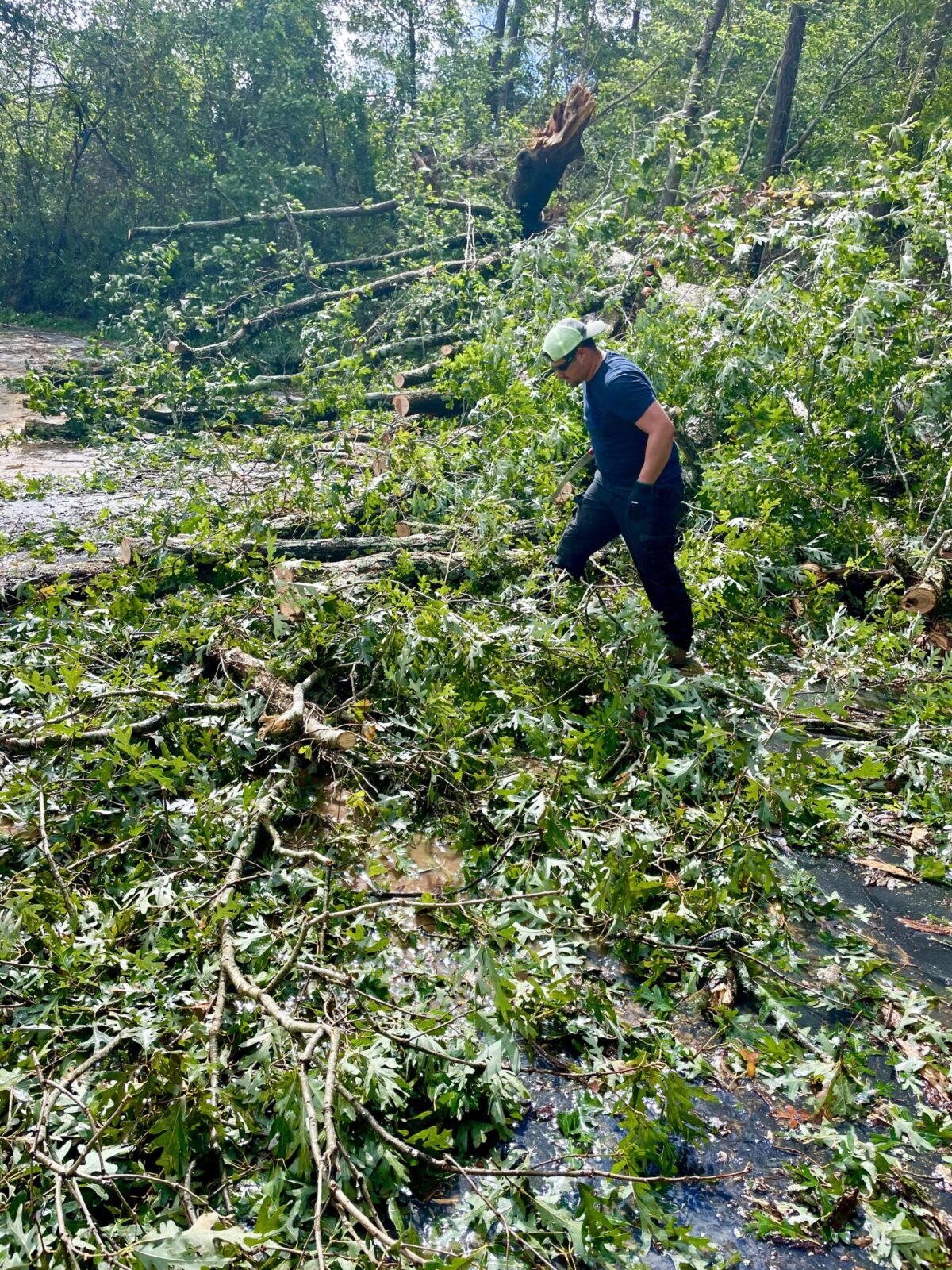Sign up for daily news updates from CleanTechnica on email. Or follow us on Google News!
A recent media story highlighted how some very wealthy Brits were adding purpose-built garden water features to their properties as a kind of a wild swimming experience — within a controlled environment. (We middle class folks might call them “ponds.”) Goals of these natural swim spaces include to enhance water and environmental preservation and increase the habitat available for freshwater wildlife. However, there are more substantive ways to protect nature. As prescribed under a new English law, home builders and developers must compensate for the ecological harms of construction. One way to do so is to purchase a tradable biodiversity credit.
Britain’s King Charles III supports the effort. He’s such an advocate, in fact, that he has dedicated part of his Sandringham Estate as a model of what can happen when formerly cultivated lands are restored to their original, natural state. It’s an expensive financial commitment that is dedicated to reestablishing human co-existence with the natural world.
The King signed over part of his Sandringham Estate to a private company that will restore its wetlands, meadows, and ancient forest over the next 30 years. The company will estimate the improvement to the biodiversity and health of the land and package that into a tradable biodiversity credit.
What is a biodiversity credit? The Biodiversity Credit Alliance defines it as “a certificate that represents a measured and evidence-based unit of positive biodiversity outcome that is durable and additional to what would have otherwise occurred.”
What An Agricultural Conversion Entails
According to the estate’s website, Sandringham has more than 6,000 hectares of farmland, with all farming organic. Sandringham Farms Department manages 2,400 hectares ‘in-hand’ to grow crops including modern and traditional wheat, barley, beans and oat varieties, plus a range of heritage grains. A 2,000-strong flock of Aberfield sheep and Beef shorthorn cattle also produces organic, 100% grass-fed meat. Tenant farmers on the rest of the farmland produce organic potatoes, onions, pork and poultry.
As part of the Estate’s ongoing conservation management, an area of arable land has been converted to agroforestry. This is a system of farming that integrates crops and livestock in woodland or among trees to improve biodiversity. A variety of trees, including cider apple, perry pear, plum, quince, mulberry and walnut, were planted in rows with four-meter-wide wildflower strips running the length of the field to leave room for arable farming operations. Harvested cider apples and perry pears are used by the Sandringham Apple Juice company, which produces tens of thousands of bottles a year on the Estate.
This all sounds lovely, doesn’t it? Why does Sandringham need to restore its lands to their original state?
Researchers at the Grantham Institute have some answers for us. Because extinction rates are now 1,000 to 10,000 times higher than natural levels, with at least 1 million animal and plant species threatened with extinction, the world faces a biodiversity crisis. Countering biodiversity loss is essential to establishing a more sustainable, resilient, and prosperous world.
Tacking biodiversity loss will be the focus of the 16th United Nations Biodiversity Conference (COP16) in Cali, Colombia, starting this week. Two years ago, almost 200 governments signed the landmark Kunming-Montreal Global Biodiversity Framework under the Convention on Biological Diversity, which seeks to stimulate greater investment in biodiversity from the private sector, including via biodiversity credits.
Biodiversity credits represent quantifiable biodiversity gains, and their exchange could help channel more finance to areas where it is sorely needed, the Grantham researchers argue, “particularly if they are developed with the principles of high-integrity, inclusivity, and support in mind.” Biodiversity credits are generated through ongoing conservation or restoration activities, such as the Sandringham plan. Businesses and financial institutions are increasingly finding them attractive due to their potential to support compliance with regulations that prohibit net loss or require a net gain of biodiversity.
Yet biodiversity is multifaceted — it encompasses ecosystems, species, and genetic diversity, each of which has a separate value and which makes measuring biodiversity more difficult than merely counting trees in a reforested area or highlighting carbon stocks.
King Charles & Nature’s “Unique Economy”
At the opening of COP28 in December 2023, His Majesty the King spoke about the need to “rapidly repair and restore Nature’s unique economy, based on harmony and balance, which is our ultimate sustainer.” Without taking the necessary action, he stated, “our own economy and survivability will be imperiled.” Reminding the audience that,” for virtually every artificial source of greenhouse gas emissions, there are alternatives or mitigations which can be put in place,” the King implored the world’s leaders to commit “to the practical action upon which our shared future depends.”
Many solutions to farmland monocultures and soil degradation have been proposed. In some cases, industrial agriculture has sought to re-establish farmland biodiversity, with specific attention to different attention to ecosystem services, social dynamics, knowledge creation, governance, or food sovereignty. Sometimes abandoned farmland is targeted for afforestation, often via planting stands of single or small sets of non-native and native tree species of forestry interest. However, rewilding, in which restoration promotes complex self-sustaining ecosystems by restoring natural ecological factors and processes while reducing human control, is the most beneficial of all solutions for enhancing biodiversity. It provides an ecologically, climatically, and socially more sustainable alternative to afforestation.
Walking his talk, the king has signed over part of his Sandringham Estate — 437 acres (2.17% of the total) were already listed as Sites of Specific Scientific Interest (one of the UK’s leading ways of protecting key areas of natural value) by Natural England. As chronicled by Bloomberg, the company will estimate the improvement to the biodiversity and health of the land and package that into a tradable biodiversity credit. Using his throne’s influence to encourage political and business changes along these lines on climate might be one of the biggest of all the King’s life’s contributions to the environment.
Dozens of landowners across England are agreeing to similar deals. England’s new mandatory market has thirteen projects on the national register. Since the biodiversity net gain law took effect in February, twenty-five credits have been allocated to six new developments, according to data published on the register.
Earlier this year, UBS Group AG held its first-ever conference dedicated to the theme, and it was oversubscribed. The number of biodiversity-labeled exchange-traded and open-end funds has risen to 30 from 21 in the past year, while fund assets rose to $3.9 billion, according to Morningstar Direct data.

Chip in a few dollars a month to help support independent cleantech coverage that helps to accelerate the cleantech revolution!
Have a tip for CleanTechnica? Want to advertise? Want to suggest a guest for our CleanTech Talk podcast? Contact us here.
CleanTechnica uses affiliate links. See our policy here.
CleanTechnica’s Comment Policy




